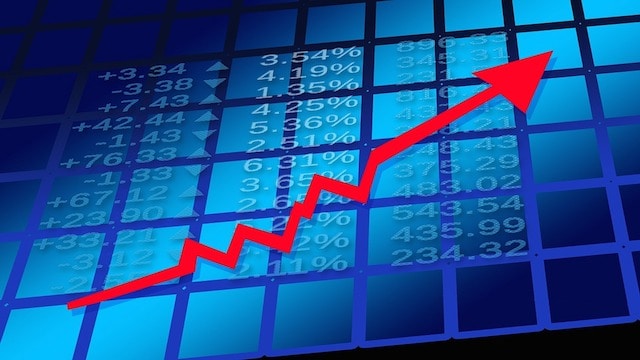While Reckitt Benckiser (LSE: RB) has seen its share value snap higher again in recent months — the household goods hulk is currently dealing at five-month highs — I reckon the stock has much, much further to run.
Worth its weight in gold
Reckitt Benckiser took a dive in late 2016 as sales in key territories came under the cosh. Indeed, the Nurofen and Durex maker announced in February that like-for-like revenues had nudged just 3% higher in 2016 as sales growth gradually sank as the year progressed. By comparison, the top-line rose 6% in 2015 on an underlying basis.
More recently Reckitt Benckiser has been whacked by difficult trading conditions in Korea and Russia, for example. But this has not caused group-wide sales to drop off a cliff, particularly as its products continue to fly off the shelves in highly-promising developing markets — the firm saw aggregate like-for-like sales in these territories rise 8% last year.
And the City believes Reckitt Benckiser has what it takes to keep growing the bottom line. The company is currently slated to enjoy a 10% earnings bounce in 2017, and an extra 8% rise is pencilled in for 2018.
Sure, these figures result in slightly-heady P/E ratios of 21.9 times and 20.3 times respectively, operating above the FTSE 100 prospective mean of 15 times.
But the scale of Reckitt Benckiser’s stable of market-leading products — goods that boast brilliant pricing power and thus enable sales to keep rising regardless of broader pressure on shoppers’ pursetrings — is worth its weight in gold.
And Reckitt Benckiser’s broad geographic footprint, boosted by its healthy appetite for acquisitions like baby formula maker Mead Johnson, which it bought up in February, also offers up plenty of growth potential.
Medical star
Like Reckitt Benckiser, artificial joint-and-limb leviathan Smith & Nephew (LSE: SN) has also seen its share price rocket since the dying embers of 2016.
Smith & Nephew has not had the best of it in recent times as revenues sunk in many of its territories, and particularly in China due to distributor de-stocking earlier in the year, and in the Gulf where depressed oil values affected healthcare spend.
However, with emerging market activity bouncing back during the latter part of the year, and economic conditions improving in Smith & Nephew’s largest market of the US, I reckon revenues should pick up again from the current period.
The City shares this optimistic view, and expects the London firm to get moving back in the right direction from 2017 with a fractional earnings uptick. And a 10% advance is anticipated for next year.
These forecasts yield P/E ratios of 18.2 times and 16.6 times. And I believe this is a great time to get in on the bodybuilder as global spending for its high-tech products — helped by shrewd investment in hot growth areas like sports medicine — looks set to explode in the years ahead.








